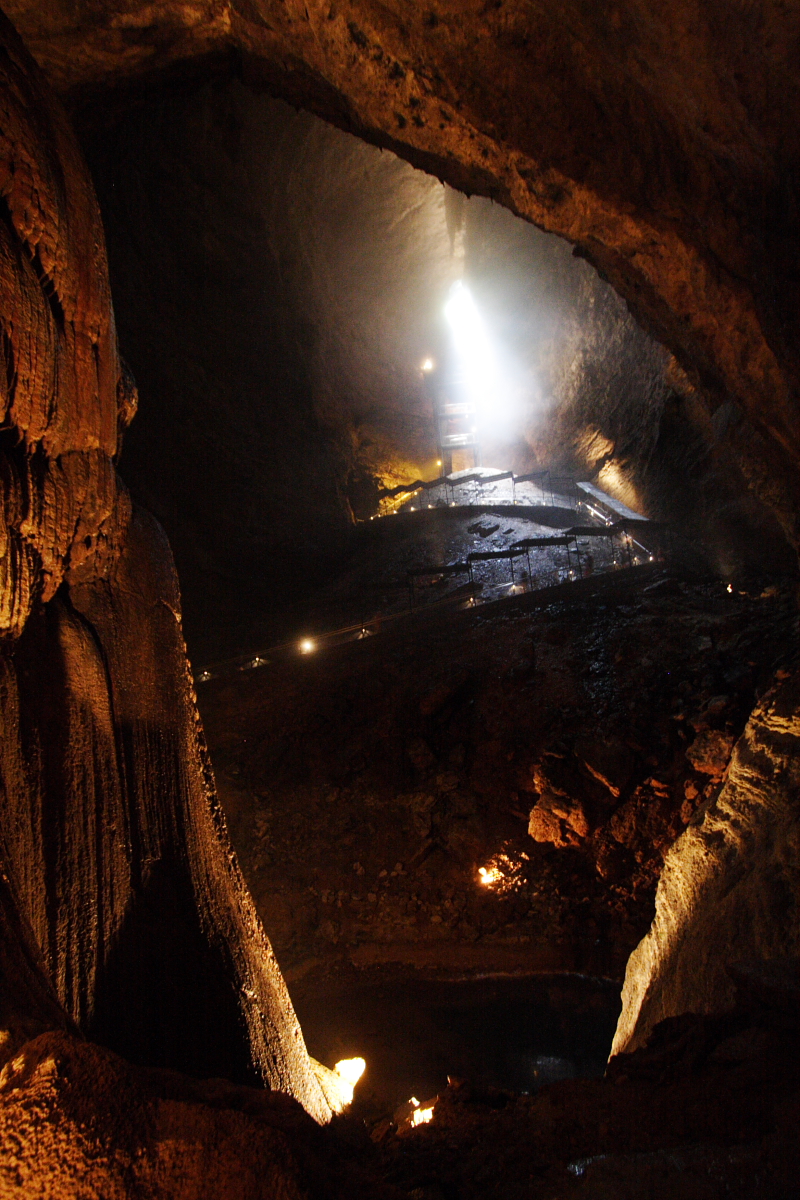Northern Grotto Salamander on:
[Wikipedia]
[Google]
[Amazon]
The northern grotto salamander (''Eurycea nerea'') is a species of salamander in the family Plethodontidae. It is endemic to the south-central United States.
 It is found in the southern
It is found in the southern
Taxonomy
It is now considered a member of the genus '' Eurycea'', but was originally described as ''Typhlotriton nereus''. It was described in 1968, but was later synonymized with the grotto salamander (''E. spelaea''), but a 2017 study found substantial genetic differences between the clades classified in ''E. spelaea'' and once again split them into distinct species. It is thought to have diverged from thesouthern grotto salamander
The southern grotto salamander (''Eurycea braggi'') is a species of salamander in the family Plethodontidae. It is endemic to northern Arkansas in the United States.
Taxonomy
It is now considered a member of the genus '' Eurycea'', but was ori ...
(''E. braggi'') during the Late Miocene. All three grotto salamanders are thought to descend from an ancestral surface-dwelling form.
Distribution and habitat
Ozark Plateau
The Ozarks, also known as the Ozark Mountains, Ozark Highlands or Ozark Plateau, is a physiographic region in the U.S. states of Missouri, Arkansas, Oklahoma and the extreme southeastern corner of Kansas. The Ozarks cover a significant portio ...
of Missouri and adjacent portions of Arkansas. It is primarily found in the Salem Plateau
Salem may refer to: Places
Canada
Ontario
* Bruce County
** Salem, Arran–Elderslie, Ontario, in the municipality of Arran–Elderslie
** Salem, South Bruce, Ontario, in the municipality of South Bruce
* Salem, Dufferin County, Ontario, part ...
and a small portion of the adjacent West Springfield Plateau
West or Occident is one of the four cardinal directions or points of the compass. It is the opposite direction from east and is the direction in which the Sun sets on the Earth.
Etymology
The word "west" is a Germanic word passed into some ...
. It inhabits freshwater springs (as a juvenile), inland karsts
Karst is a topography formed from the dissolution of soluble rocks such as limestone, dolomite, and gypsum. It is characterized by underground drainage systems with sinkholes and caves. It has also been documented for more weathering-resistant ro ...
, and caves.
Description
This is a troglobitic species that has evolved several troglomorphisms such as a pale coloration and reduced eyesight, much like ''E. spelaea''. Alongside ''E. spelaea'' and ''E. braggi'', it is the only blind, troglobitic salamander that undergoes full metamorphosis.Conant, Roger, and Joseph T. Collins (1998) Peterson Field Guide to Reptiles and Amphibians Eastern/Central North America. 3rd ed. Houghton Mifflin Company, p. 498References
{{Taxonbar, from=Q110243172 nerea Cave salamanders Amphibians of the United States Endemic amphibians of the United States Amphibians described in 1944